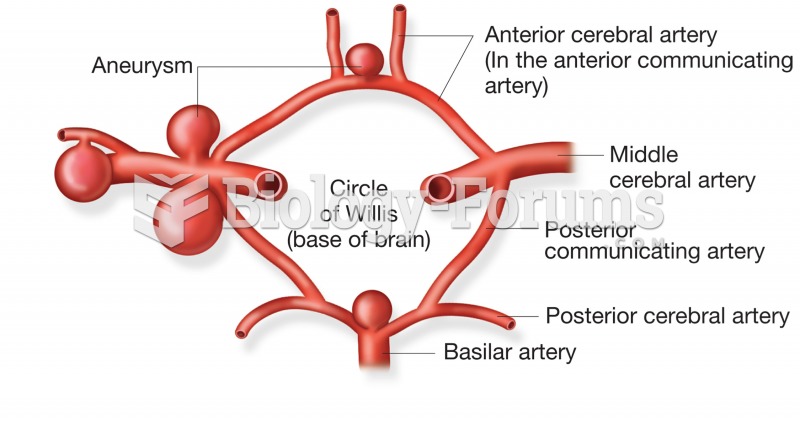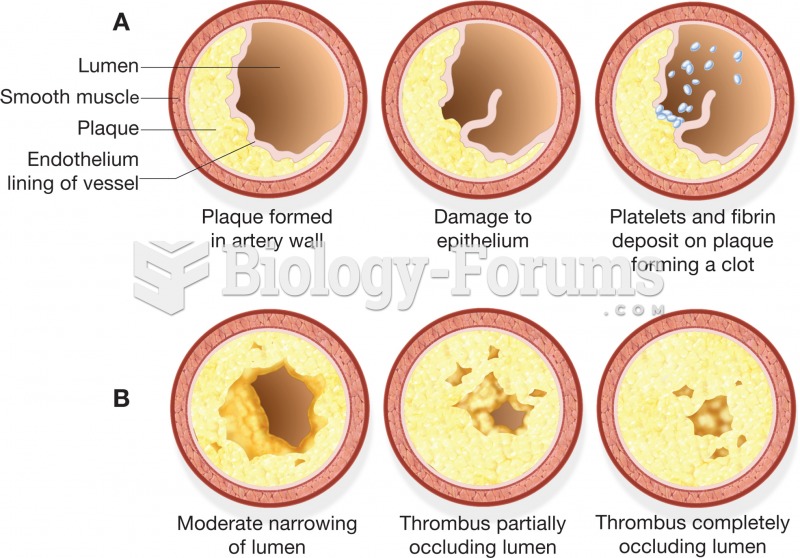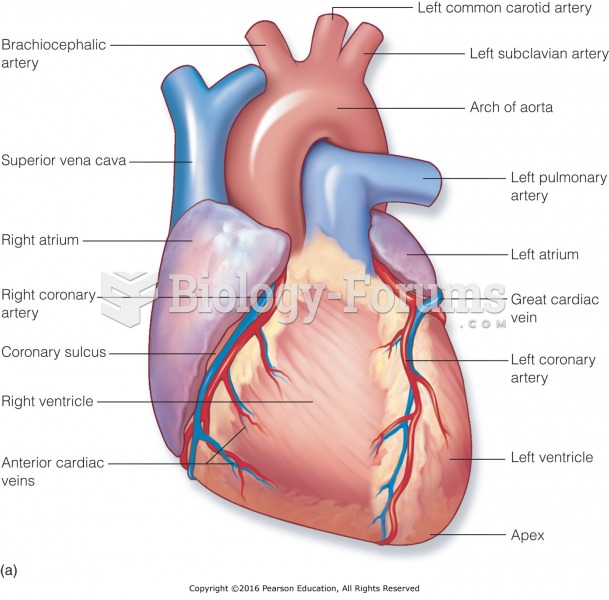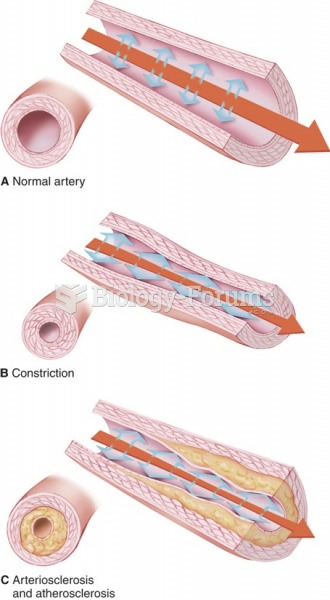Answer to Question 1
Correct Answer: 2
Rationale 1: While an embolism can occur, they are typically not called coronary artery disease.
Rationale 2: Coronary artery disease is the progressive buildup of atherosclerotic plaque that could eventually occlude the artery. The plaque also can rupture, leading to a myocardial infarction.
Rationale 3: Rupture of a coronary vessel due to atherosclerotic plaque is unlikely and not part of coronary artery disease.
Rationale 4: Spasms can occur in atherosclerotic areas but are not part of classic coronary artery disease.
Global Rationale: Coronary artery disease is the progressive buildup of atherosclerotic plaque that could eventually occlude the artery. The plaque also can rupture, leading to a myocardial infarction. While an embolism can occur, they are typically not called coronary artery disease. Rupture of a coronary vessel due to atherosclerotic plaque is unlikely and not part of coronary artery disease. Spasms can occur in atherosclerotic areas but are not part of classic coronary artery disease.
Answer to Question 2
Correct Answer: 3
Rationale 1: Remodeling of the heart muscle can make the heart more susceptible to angina, but it is not the actual source of angina.
Rationale 2: Low cardiac output is not the actual source of angina but can be a contributing factor.
Rationale 3: Angina pectoris is acute chest pain caused by the coronary arteries' inability to maintain adequate oxygenation to meet the metabolic demands of the myocardium. This is usually caused by a narrowing of the coronary vessels.
Rationale 4: An irregular heartbeat is not the actual source of angina but can be a contributing factor.
Global Rationale: Angina pectoris is acute chest pain caused by the coronary arteries' inability to maintain adequate oxygenation to meet the metabolic demands of the myocardium. This is usually caused by a narrowing of the coronary vessels. Remodeling of the heart muscle can make the heart more susceptible to angina, but it is not the actual source of angina. Low cardiac output is not the actual source of angina but can be a contributing factor. An irregular heartbeat is not the actual source of angina but can be a contributing factor.







